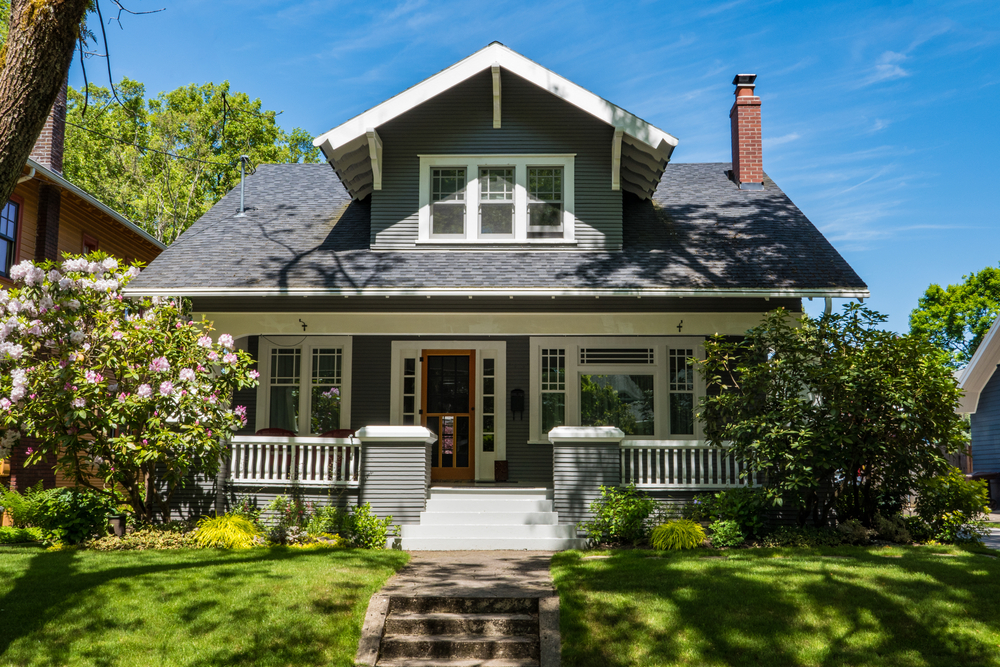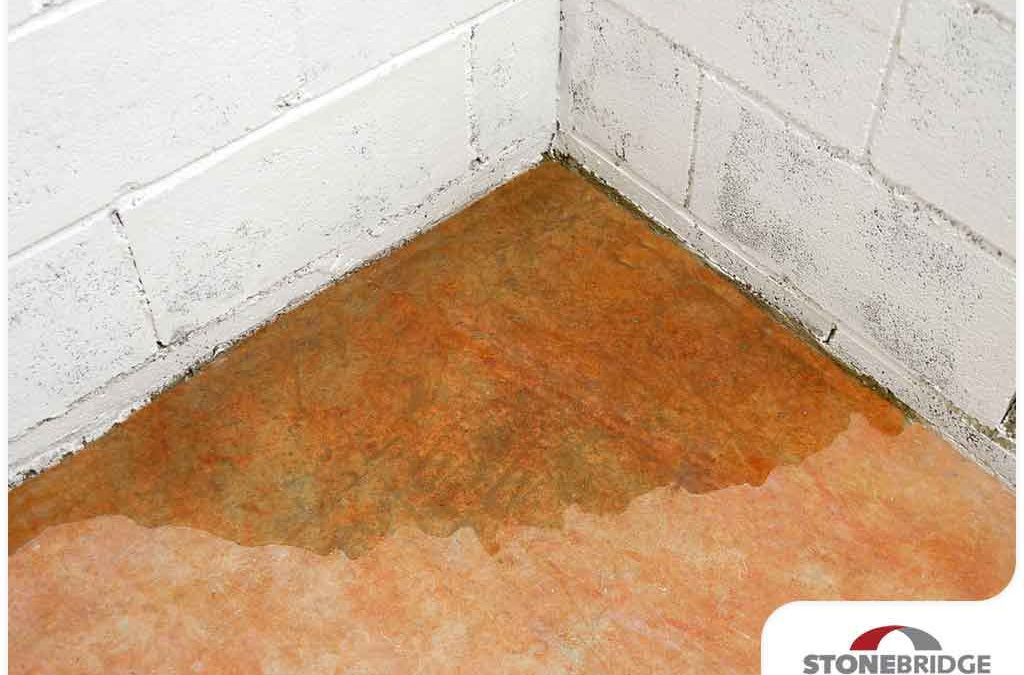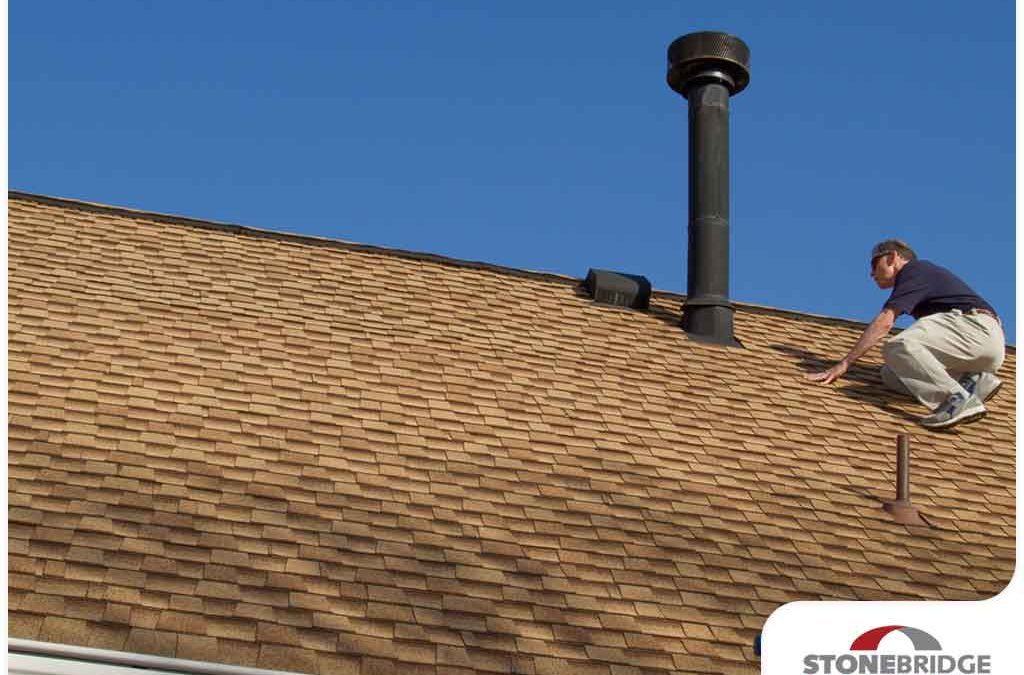
The 3 Defining Features of the American Craftsman Home
The Craftsman-style home is still the most popular house style in the country. Although newer ones built today have more variations than their predecessors, it still evokes that atmosphere of American suburbia due to their simple yet charming aesthetics.
But what exactly makes a Craftsman-style home tick? Stonebridge Roofing, Waterproofing, and Exteriors, your roof repair and siding experts, share the key features of the American Craftsman home.
1. Low-Pitched Roofs
Both classic and newer Craftsman-style homes boast low-pitched roofs, with the most common being the gable style. The house covering’s modest aesthetics is widely considered a hallmark of the 1890s ‘revolution’ against the ornate Victorian style that dominated the day. Compared to the latter, these low-pitched roofs have a simple and sleek design that (for many homeowners) is more welcoming than an intricate and often imposing-looking roof.
2. Charming Woodwork
Another defining trait of craftsman-style homes is the intricate woodwork that makes its exterior aesthetic. These range from handmade details and figures that serve as decor to the wooden covering that surrounds the house’s exterior.
Wooden cladding and siding today is a fairly rare thing since there are better materials for home exterior waterproofing. You can still achieve a classic Craftsman look with alternative materials like vinyl and engineered wood. The former can be manufactured to look just like wood without its weaknesses, while the latter is a more durable composite material that’s more resilient than simple wooden planks.
3. Windows with Eaves
Finally, Craftsman-style homes are well-known for their large windows with overhanging eaves. The most commonly used styles are double hung and casement, although newer ones tend to have varying styles in one home ranging from picture to both bay and bow windows. The key trait here is the eaves which is another defining feature that separates it from the old Victorian-style model house.
At Stonebridge Roofing, Waterproofing, and Exteriors, we are experts at home exterior renovations. Whether you need a new gable roof installed or are looking for attractive but resilient siding for your Craftsman home, our state-certified construction professionals will make sure your project is done right every time.
Get in touch with us at (904) 262-6636 to learn more about our roofing, siding, and window services. We are roof repair experts serving homeowners throughout Jacksonville.


